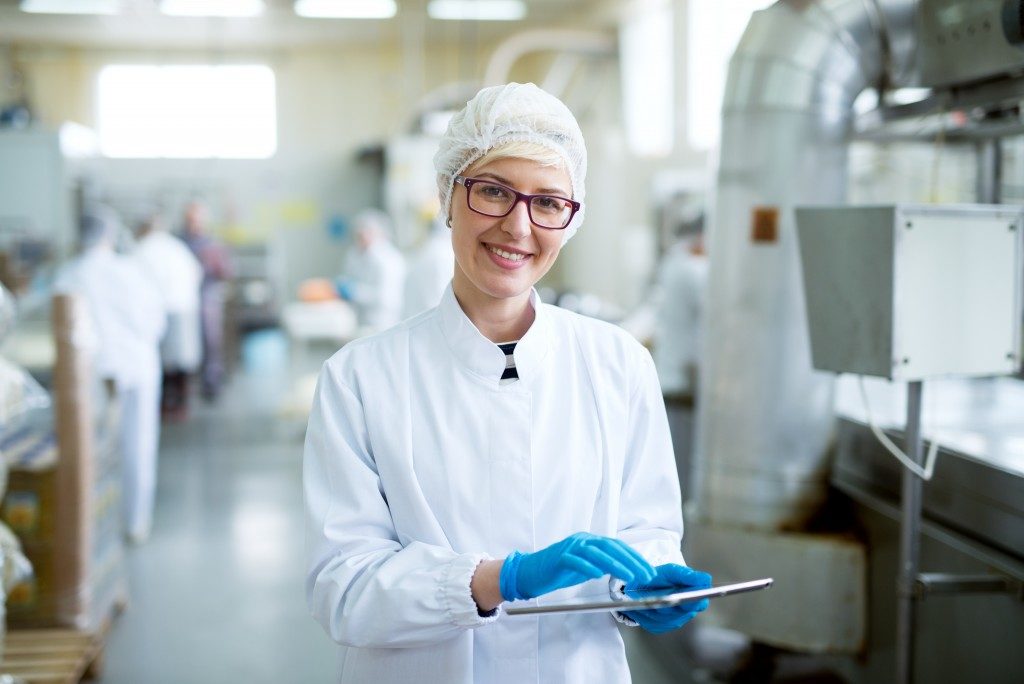Food contamination happens when food has been tainted by another substance like bacteria, foreign objects or chemicals. Contamination exposes a person to health risks such as food poisoning and unintended food allergens.
Food manufacturers, naturally, do not want to receive complaints of health-related issues due to their food, that would be disastrous for reputation and business not to mention the horror of making a client or consumer sick. Food Standards Australia New Zealand states practices and general requirements businesses can follow to ensure that their products are uncontaminated and safe to eat:
Encourage Personal Hygiene
Bacteria or other microorganisms could come from the food handlers themselves. Contamination could happen if workers dealing with raw food don’t wash their hands properly, or if they forget to wear gloves.
Good personal hygiene must be practised on the factory floor. Staff members must wash their hands and exposed arms frequently and at key times in food handling, such as when they switch from handling raw food to cooked food. Workers must also wear hairnets and gloves whenever they come into contact with food.
A staff member who is sick or has injuries is not allowed to handle food. If they show symptoms – like colds and coughing – or become injured while working, isolate them from the area where food is being handled.
Maintain Regular Housekeeping Practices
Effective housekeeping helps eliminate contaminants in food. Scheduling bi-monthly pest control to inspect the factory will ensure that your building does not house rats or cockroaches that could carry bacteria.
The area where food is handled must be well organised and clean. Ensure that chemicals, waste bins and packaging are stored away from food. Clean all spills and breakages as soon as they occur. Workers must also empty waste bins regularly.
Clean and Sanitise Equipment

Ensure that your factory’s equipment, as well as the vehicles used to transport food, are properly cleaned and sanitised. FSANZ defines a piece of equipment to be clean if it has no accumulated food waste, dirt, grease or other visible matter.
Utensils and items coming into direct contact with food must be washed with hot water and detergent, then rinsed in clean, potable water. Other equipment has more specific cleaning and sanitising instructions. For example, air compressors require draining moisture from the tanks and cleaning its intake vents.
Practice Safe Storage
Storing food at the correct storage temperature and the proper amount of time helps minimise bacteria and other organisms from growing. ServSafe, a food and beverage training and certificate program, advises storing raw food below cooked or ready-to-eat food. Alternatively, you can separate the storage of raw food and cooked food.
Having a label and date helps handlers determine which food is still fit to use as well as knowing which should be used first. The storage area must be kept dry and clean to avoid bacteria from breeding in the area.
A clean and sanitised facility is integral to food safety. Regularly maintaining the cleanliness of your facilities and equipment, as well as having your staff practice personal hygiene, minimises the risk of contamination in your products.

